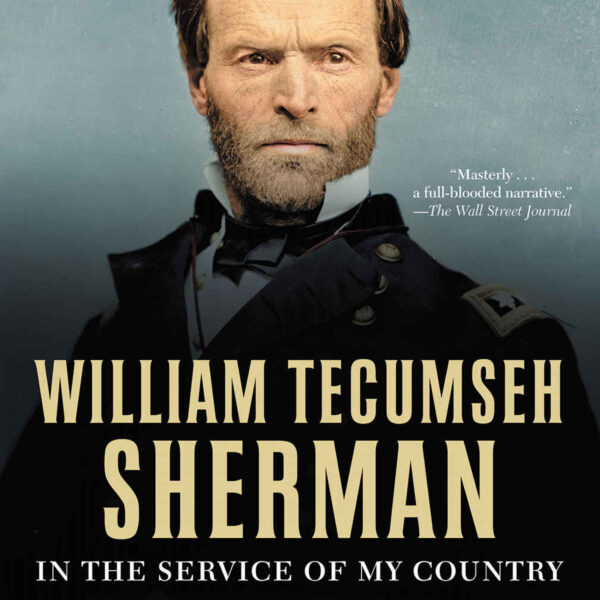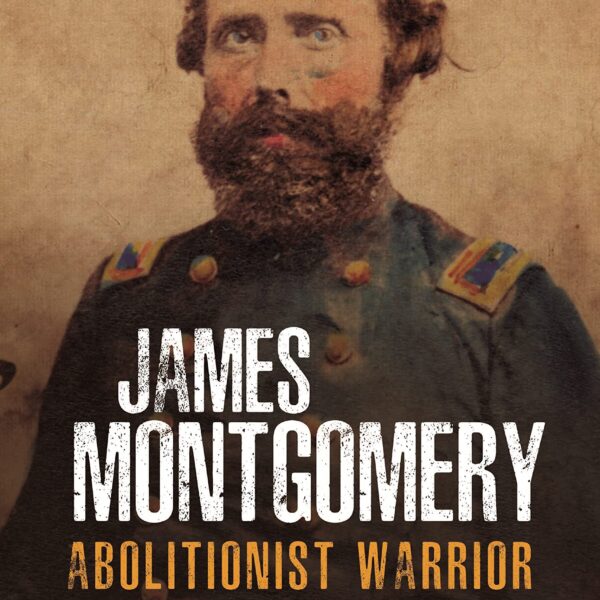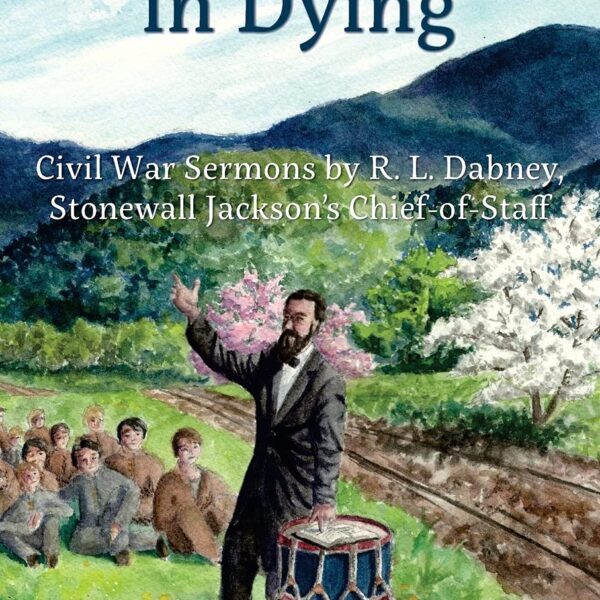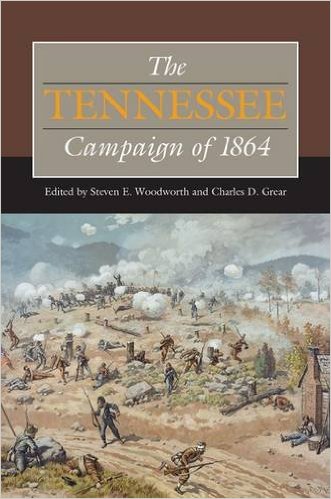The Union Sixth Corps in the Shenandoah Valley, June-October 1864 by Jack H. Lepa. McFarland and Company, 2016. Paper, ISBN: 978-1476666297. $35.00.
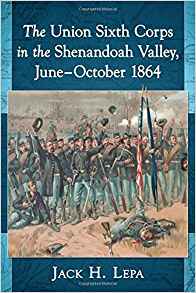 One year after the Civil War’s guns fell silent, George T. Stevens, the surgeon of the 77th New York, reflected on not only his regiment’s service, but also on that of the Sixth Corps. While Stevens noted in his Three Years in the Sixth Corps that the “proud wearers of the Greek Cross” achieved “noble deeds” during its service with the Army of the Potomac, he believed that the service of Gen. Horatio G. Wright’s Sixth Corps as part of the Army of the Shenandoah marked their most significant contribution to the war effort. Stevens asserted that the Sixth’s service during Gen. Philip H. Sheridan’s 1864 Shenandoah Campaign crowned Wright’s troops “with glories even more dazzling than those in its proudest days in the old army.” In the war’s aftermath, Stevens was hardly alone in this belief, as his sentiment echoed in the nearly two- dozen regimental histories published by veterans of the Sixth Corps between the war’s end and 1921.
One year after the Civil War’s guns fell silent, George T. Stevens, the surgeon of the 77th New York, reflected on not only his regiment’s service, but also on that of the Sixth Corps. While Stevens noted in his Three Years in the Sixth Corps that the “proud wearers of the Greek Cross” achieved “noble deeds” during its service with the Army of the Potomac, he believed that the service of Gen. Horatio G. Wright’s Sixth Corps as part of the Army of the Shenandoah marked their most significant contribution to the war effort. Stevens asserted that the Sixth’s service during Gen. Philip H. Sheridan’s 1864 Shenandoah Campaign crowned Wright’s troops “with glories even more dazzling than those in its proudest days in the old army.” In the war’s aftermath, Stevens was hardly alone in this belief, as his sentiment echoed in the nearly two- dozen regimental histories published by veterans of the Sixth Corps between the war’s end and 1921.
Despite the corps’ important work in the Shenandoah Valley in 1864, no historian has attempted a modern analysis of the Sixth’s contributions in a campaign that Pulitzer Prize winning historian Bruce Catton believed signaled “an omen of the final sunset of the Confederacy.” Jack Lepa, the author of several previous studies related to the Civil War in the Shenandoah Valley, has attempted to remedy that void.
Relying largely on published primary and secondary source material, Lepa has produced a highly readable account of the Sixth Corps’ service in the Shenandoah Valley. While historians who focus on the conflict in the Shenandoah will not discover any new interpretations of Sheridan’s 1864 Shenandoah Campaign in this volume, those new to studying the oft-contested region will find Lepa’s study useful.
Lepa does an admirable job of setting the stage for the 1864 Shenandoah Valley Campaign, beginning with Confederate Gen. Jubal A. Early’s movement to Lynchburg, Virginia, in June 1864. The author’s tightly crafted narrative ably follows the Sixth Corps’ many marches in the Shenandoah Valley. Lepa also writes with great clarity in describing the movements of Wright’s command at the battles of Third Winchester, Fisher’s Hill, and Cedar Creek. Commendably, Lepa does not end his study with Union victory at Cedar Creek, but follows the Sixth Corps in the Shenandoah Valley until its departure from the region for Petersburg in December 1864.
Although the battles and contributions to each of Sheridan’s victories comprise the book’s core, Lepa’s study offers more than a mere strategic and tactical chronicle. He offers assessments of what the soldiers in Wright’s command, men such as the 110th Ohio’s Henry Kauffman, thought of President Abraham Lincoln’s bid for reelection in November. Additionally, Lepa offers powerful observations about how veterans of the Sixth Corps—men like the 6th Vermont’s Abel Gilber or the 138th Pennsylvania’s Osceola Lewis—reacted to Sheridan’s Burning in late September and early October 1864. The author clearly illustrates that although the Sixth Corps’ veterans interpreted their role in destroying civilian property as essential to Union success, carrying out the orders weighed heavily on some of Wright’s troops.
Unlike so many authors who write about a particular unit, Lepa does not fall into the trap of unit worship. While the author openly praises the Sixth Corps for its positive contributions to Union success in the Shenandoah, he does not write about Wright’s veterans with blind admiration. For instance, in discussing the Sixth Corps’ efforts at Cedar Creek, Lepa notes that although they fought extremely well and helped to slow the Confederate attack, they were able to be so effective because the Sixth (unlike Gen. George Crook’s Eighth Corps and, to an extent, Gen. William Emory’s Nineteenth Corps) did not have a significant amount of time to prepare for the onslaught. In particular, Lepa singles out Emory’s command as being the sacrificial lambs upon which the Sixth Corps’ success rested. “The resistance of Emory’s men had given the Sixth Corps troops time to retrieve their weapons and join their units so they were ready for what-ever was coming their way as the noise of battle came closer and closer,” Lepa observes (153).
While there is much to celebrate in Lepa’s book, it is not without shortcomings. Perhaps the biggest pitfall of this study is a lack of detail on the maps. For instance, the map of the Battle of Fisher’s Hill fails to identify features which figured prominently in the engagement—Little North Mountain, Tumbling Run, Flint Hill, and Massanutten Mountain.
Additionally, the author fails to fully address one of the most controversial episodes involving the Sixth Corps, one which veterans fought about for decades in regimental histories and in the pages of the National Tribune: who was responsible for the Union army’s delayed advance at the Third Battle of Winchester? While Lepa correctly acknowledges that the delay was caused by “the baggage and supply wagons of the Sixth Corps…effectively blocking the road for several precious hours,” Lepa states that the Sixth Corps’ wagons trailed Wright’s command for “some unknown reason, at least none that any staff officer would admit to” (61). Actually, the reason the wagon trains trailed the Sixth Corps is known. Scholarship dating back to Brandon H. Beck’s study The Third Battle of Winchester [1997], up to and including Scott Patchan’s definitive The Last Battle of Winchester [2013], clearly contends that Gen. Wright wanted the wagons directly behind his corps, despite Sheridan’s directive not to place them there. These two studies do not appear in the book’s bibliography.
Despite the lack of detailed maps and the author not leaning on current scholarship to fully address the issue of the Army of the Shenandoah’s delay at the Third Battle of Winchester, this study still has value for those looking for a succinct synthesis of the Sixth Corps’ important role in Sheridan’s 1864 Shenandoah Campaign.
Jonathan A. Noyalas, the author or editor of eleven books on Civil War history, is the director of the McCormick Civil War Institute at Shenandoah University, where he is also a professor teaching courses in Civil War era studies.

